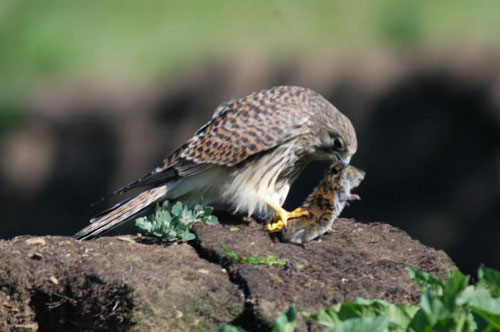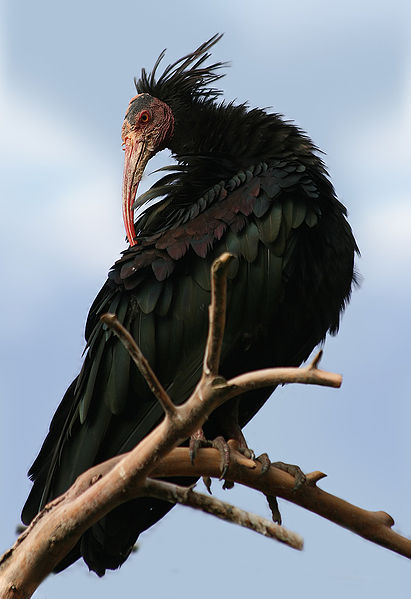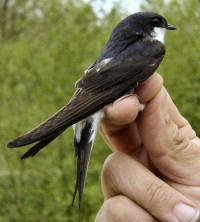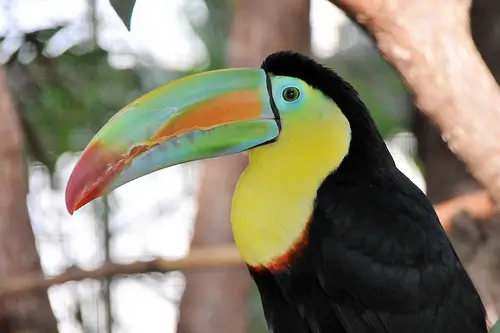Kestrel
The common Kestrel inhabits a wide range of territory, including Europe, Asia, and Africa, as well as occasionally being seen on the east coast of North America.
It is small when compared to other raptors, being slightly larger than most songbirds. Like most other species of falcon, they have quite long wings, and a long tapered tail.
A common kestrel will measure around 13 to 15 inches from head to tail and have a wingspan of 27 to 31 inches, weighing only around 61/2 ounces. Unlike many falcons the male has brighter plumage and is slightly larger than the female. While this is common in other birds, in raptors it is somewhat rare.

Common Kestrel
This is a diurnal bird, meaning that they are active during the day and rest at night, which suits their choice of habitat well. They prefer open fields, heath and small brushland, and because of their coloring, which is for the most part, brown with darker spots makes them very efficient hunters.
The common kestrel has very good eyesight, and will usually hover between 30 and 60 feet above the ground. They eat frogs, small birds, voles, earthworms and large insects. They require the equivalent of 4 to 8 voles per day depending on how much energy the expend, and have been known to catch several meals in a row and store them for later consumption.
The courtship of the kestrel is less elaborate than some but is a sight to behold. Males choose a nesting territory and a female may move between 2 or 3 males before settling to a chosen mate. Their mating dance is mostly aerial acrobatics and piercing cries from the male in pursuit of the female.
When nesting, kestrels use the old nests of other birds, holes in trees, or even the structure of an underpass. Females lay 3 to 5 eggs in late April and there is a period of 2 to 3 days between the laying of each egg.
The incubation of the eggs is done by the female alone and takes 26 to 30 days. The male alone retrieves food for the female, he deposits the food directly into the nest, or leaves it close by, calling to the female to retrieve it.
The chicks will be fully feathered in 4 to 6 weeks but may remain with the parents for up to 4 more weeks before they have reached their full ability in hunting and hovering skills.
Find out more about the Common Kestrel over at Wikipedia »


